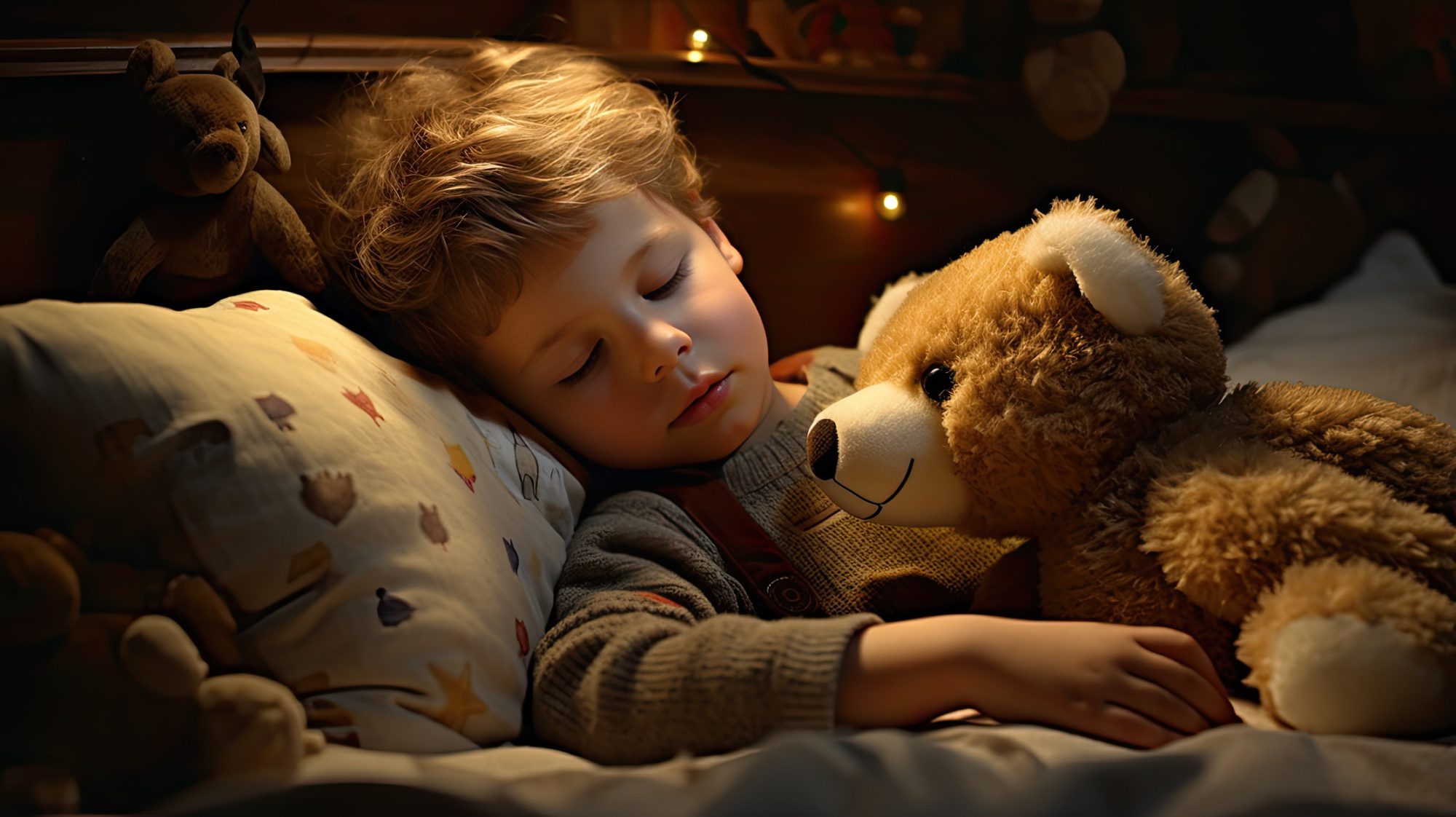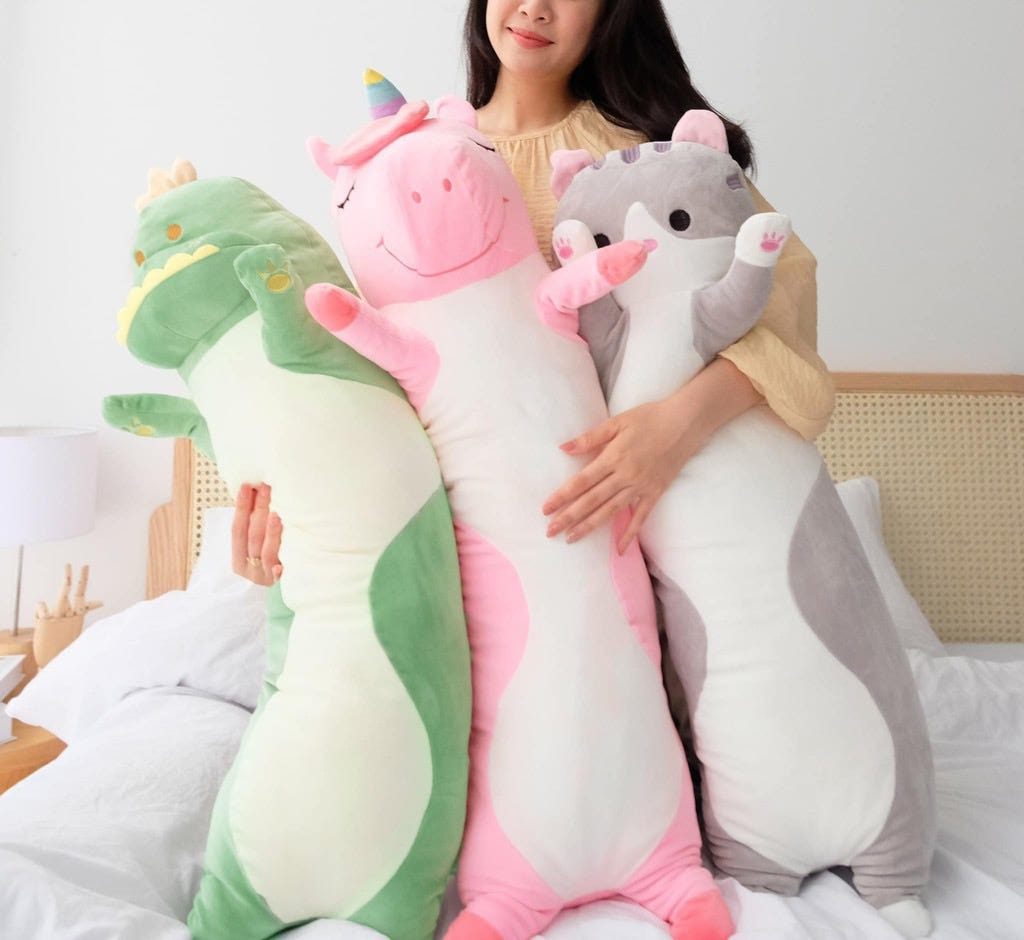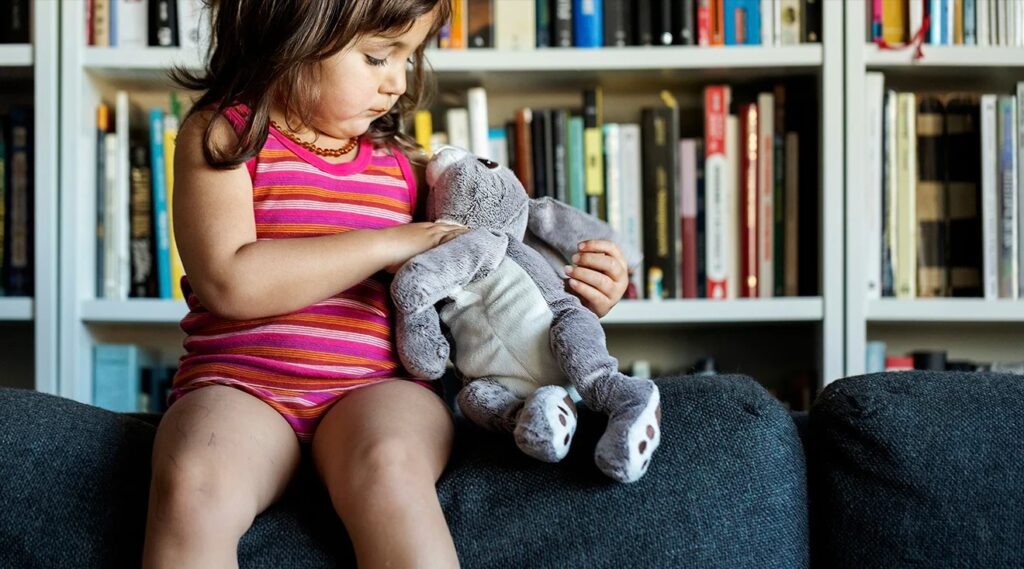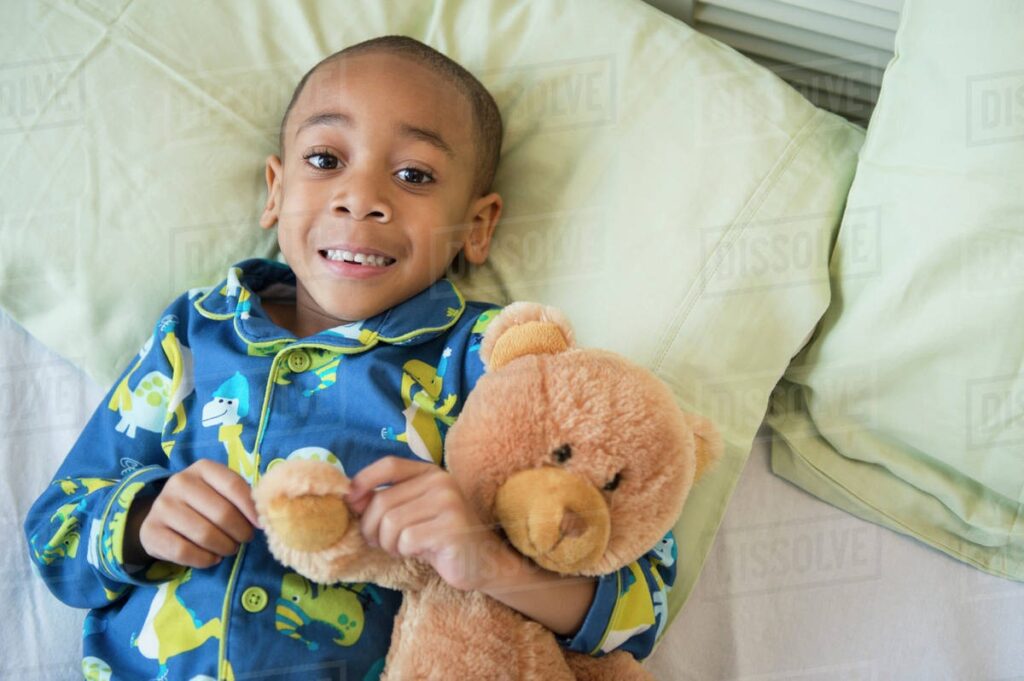
Cuddly companions or comfort objects are pivotal in a child’s fascinating world. Comfort objects or cuddly companions are crucial in the intriguing lives of children, acting as unspoken friends and a source of comfort and warmth. They’re not merely inanimate items but dependable companions providing a feeling of security. These items embody a universal appeal, offering the essential solace and care that children seek.
This article will explore these comfort objects’ intriguing allure and importance, discussing their varied benefits from psychological and developmental viewpoints. It aims to examine the deep connection between a child and their cherished items, revealing the diverse benefits they offer—from providing emotional comfort to boosting creativity and learning. In their myriad forms, these companions foster imagination and emotional strength, significantly influencing a child’s development journey.
Psychological Insights Into Comfort Objects
Exploring the psychological aspects of comfort objects unveils the deep connection between a child and their cherished items, like a custom blanket. These objects are crucial in a child’s growth process, offering consolation, reassurance, and a sense of the familiar.
Children learn to understand their emotions and the surrounding world through these profound connections, enhancing resilience and emotional intelligence. The notable theories of John Bowlby, a distinguished psychologist recognized for formulating the attachment theory highlighting the importance of early emotional bonds, and Donald Winnicott, a respected pediatrician, and psychoanalyst who pioneered the concept of “transitional objects,” provide essential insights into the crucial role that these comforting companions hold in child development.
Bowlby’s Attachment Theory explains that the bond children form with their comfort objects is essential to their growth, offering a sense of security and encouraging exploration of the world around them. Winnicott’s concept of transitional objects highlights their importance in assisting children as they progress from the dependency of infancy towards the independence of toddlerhood.
Different Forms Of Comfort Objects
The range of comfort objects mirrors the boundless imaginations of the children who hold them dear. Each object, whether a conventional teddy bear or a less traditional piece of soft fabric, carries its unique significance and role. These objects, infused with distinctive smells, textures, and memories, offer solace and reassurance to children and hold an irreplaceable status in their lives.
Some children find calmness in a cherished blanket, while others might form attachments to objects with significant sensory appeal, like a silky piece of ribbon or a textured toy.
The variety of comfort objects reflects each child’s needs and preferences, highlighting these treasured items’ adaptability and wide-ranging nature in providing emotional support and security.

Benefits Of Cuddly Companions
In their myriad forms, cuddly companions bestow extensive benefits upon children, impacting their emotional and psychological development profoundly. They act as steadfast tools for self-soothing and expressing emotions, thus cultivating emotional intelligence and resilience. Below are the pivotal benefits they confer:
Emotional security
Offers children a reliable source of comfort and safety in unfamiliar settings and serves as a steadfast support during moments of stress and anxiety.
Development of empathy and social skills
Cultivates caring and nurturing behaviors, establishes the foundation for compassion, and acts as a ‘friend,’ facilitating the development of social interaction skills.
Enhanced Learning
Acts as an educational tool, allowing children to explore various textures, shapes, and colors. It ignites imagination and creativity, enhancing play and learning experiences.
Improved Sleep
Establishes routines by offering a consistent bedtime companion and creates a soothing and familiar environment to promote restfulness.
Coping Mechanism
Supports children in managing separations, transitions, and life changes and acts as a tangible comfort during medical procedures or illnesses.
Facilitation of independence
Fosters exploration and adaptation by imparting a sense of security and bolsters the development of independence and resilience in unfamiliar situations.
Recognizing the extensive benefits of cuddly companions highlights their essential contribution to children’s development and emotional well-being. The uplifting effects of such objects, regardless of their form, are significant and long-lasting.
Choosing The Right Comfort Object
Choosing a suitable comfort object is crucial, as it can significantly impact a child’s sense of security and development. However, it’s essential to acknowledge that parents sometimes don’t get to choose—the child forms an immediate affinity with an object, turning it into a source of comfort.
Acknowledge Child’s Choice
Children can form instant attachments to objects, choosing their source of comfort. As parents, respecting and acknowledging this choice is crucial, even if it seems unconventional or unexpected.
Ensure Safety
Regardless of the child’s choice, safety should always be a top priority. Objects should be free of small parts and non-toxic, durable, and washable.
Evaluate Sensory Appeal
Consider sensory-rich objects catering to a child’s preference for specific textures, colors, or sounds, providing additional comfort and engagement.
Assess Durability
Selecting durable objects is essential due to frequent use, ensuring consistent comfort over time.
Opt for Portability
Portability is essential, allowing the child to have their comfort object wherever they need it.
Keep It Simple
A simple design and functionality can prevent the object from becoming a source of frustration, maintaining its role as a comforting companion.
Respecting a child’s spontaneous affinity while considering safety and durability when choosing or acknowledging a comfort object can be a delicate balance.
This balance is crucial in ensuring the thing truly serves as a cherished companion, aiding the child in navigating life’s various transitions and experiences.

Some Common Concerns And How To Address Them
Parental concerns about comfort objects are not uncommon, and addressing these concerns with understanding and practical strategies is crucial.
Over-dependence
Understandably, parents might worry about children becoming overly dependent on comfort objects, but promoting a balance through the encouragement of independent coping skills and gradual separations can alleviate such concerns.
Attachment To Unusual Objects
The passion for unconventional things can be concerning, but accepting and respecting a child’s choice while ensuring the object is safe and age-appropriate can address these worries.
Hygiene Issues
Hygiene and cleanliness can become issues due to frequent use, but establishing regular cleaning routines and having a backup object can help maintain cleanliness.
Interference With Social Interaction
Addressing concerns that a comfort object could obstruct a child’s social interactions can involve guiding the child on the suitable times to have the comfort object and fostering interactions with their peers.
Difficulty Separating During School Time
Collaborating with teachers to create strategies for smooth transitions and to designate times or places for the comfort object can address the challenge of separating a child from it.
Loss or Misplacement
The distress caused by the loss or misplacement of a comfort object can be lessened by having a duplicate and teaching children responsibility by encouraging them to keep track of their things.
Addressing each concern with a mix of understanding, practicality, and respect for the child’s feelings can help parents and caregivers leverage the benefits of comfort objects while alleviating potential downsides.
Final Thoughts
Fostering a child’s emotional growth and resilience is a journey filled with care, understanding, and, occasionally, unique or unconventional bonds with inanimate companions. Welcoming the subtle, comforting whispers of a child’s cuddly friend reveals realms rich with imagination, abundant in learning, and vibrant with emotional shades.
Through the gentle balancing act of guidance and acceptance, a child’s spirit learns to soar, finding comfort in the intangible hold of their cherished, comforting companion.



Leave a Reply